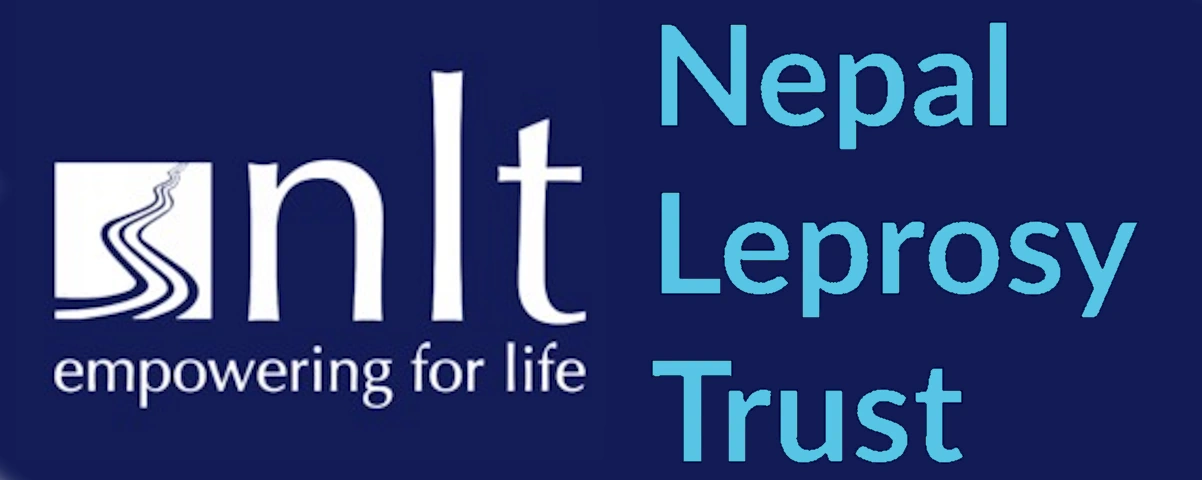Leprosy - The Stigma
An unhelpful tradition
Leprosy has been feared in almost every culture for hundreds of years, due to the deformities and disabilities it can bring, the absence of effective treatment (until the 1940s) and the mystery surrounding its causes. People showing signs of leprosy have traditionally been shunned, as community members have feared infection through contact.
The Hindu culture has viewed leprosy as a punishment for past misdeeds, and even in the Christian mindset, the idea of leprosy has been strongly coloured by the biblical references in the Old and New Testaments – uncleanness possibly resulting from a curse from God.
However, the disease called leprosy that we see today is NOT the disease described in the Bible.


Hansen’s disease
Leprosy (Hansen’s disease) is now known to be a chronic, infectious disease of slow onset. It usually affects peripheral nerves, and can now be medically cured simply and cheaply through multi-drug therapy (MDT). Eradication of the disease worldwide is now a realistic goal.
However, the stigma associated with leprosy remains a major problem and those affected by leprosy are marginalised, and suffer continual psychological, as well as physical, distress. It is a disease strongly linked to poverty, and those who contract leprosy are often tipped from poverty into extreme poverty very quickly.
Case Study - Mainudin
Mainudin suffered stigma and rejection all his life because of leprosy. His symptoms began when he was very young but he was not diagnosed with leprosy until he was nine years old, when a healthcare survey team saw him walking across a field and recognized his limp as being caused by leprosy.

At that time he was working as a buffalo herdsman for a local landlord. When the landlord realised that Mainudin had leprosy he dismissed him from his work, using the excuse that he only employed Hindus, and that Mainudin was a Muslim.
Mainudin was given dapsone medicine for his leprosy, and took that for nine years. However, his untreated nerve damage progressed and he developed clawed fingers and foot ulcers. Once these signs were visible, his family increasingly abused him and the community would not allow him to take part in any social occasions.

Mainudin arrived at Lalgadh Hospital in the early 1990s where he received attention and advice on self-care. He later had to have his right leg amputated due to the chronic ulcer damage in his foot, but at Lalgadh he saw people who were worse off than himself and this inspired him to help himself and others.
Mainudin became involved in a pilot project for the Stigma Elimination Programme (STEP). Its aim was the social and economic integration of people affected by leprosy through establishing Self Help Groups (SHGs).
Mainudin joined the Kopaleshwor SHG and was initially very shy and unable to express his views. But after learning to read and write he became the group facilitator and helped it become one of the largest and most successful SHGs.
Under Mainudin's leadership the group has been involved in building toilets, installing hand-pumps for safe drinking water, conducting skills development training in the community and even setting up a blood bank. Mainudin himself has found 42 new cases of leprosy.
It is the courage, enthusiasm and effort of people like Mainudin, which is the key to overcoming leprosy and stigma. Mainudin was given the Wellesley Bailey award in 2011 in Thailand for his services to Leprosy work which was a just recognition for his effort.
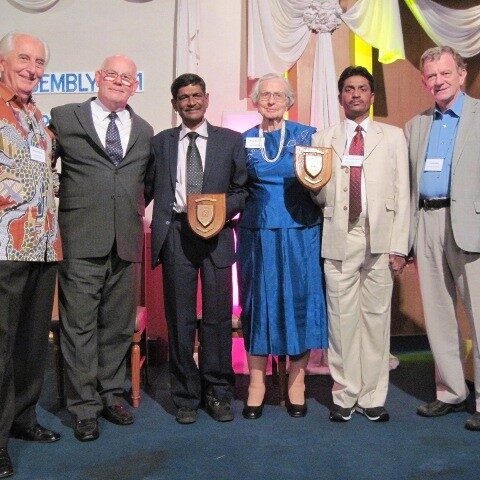
Fears & misconceptions
In the predominantly Hindu culture of Nepal, leprosy is perceived in many village communities as a punishment for misdeeds in a former life. Villagers do not usually want to be associated with a person affected by leprosy in any way, even if the person affected is a spouse or family member.
The many fears and misconceptions mean that those with early symptoms of leprosy, in particular those already disabled, are reluctant to come forward for diagnosis, making effective treatment more difficult. Higher rates of disability, and greater delays in starting treatment, are associated with high levels of stigma.
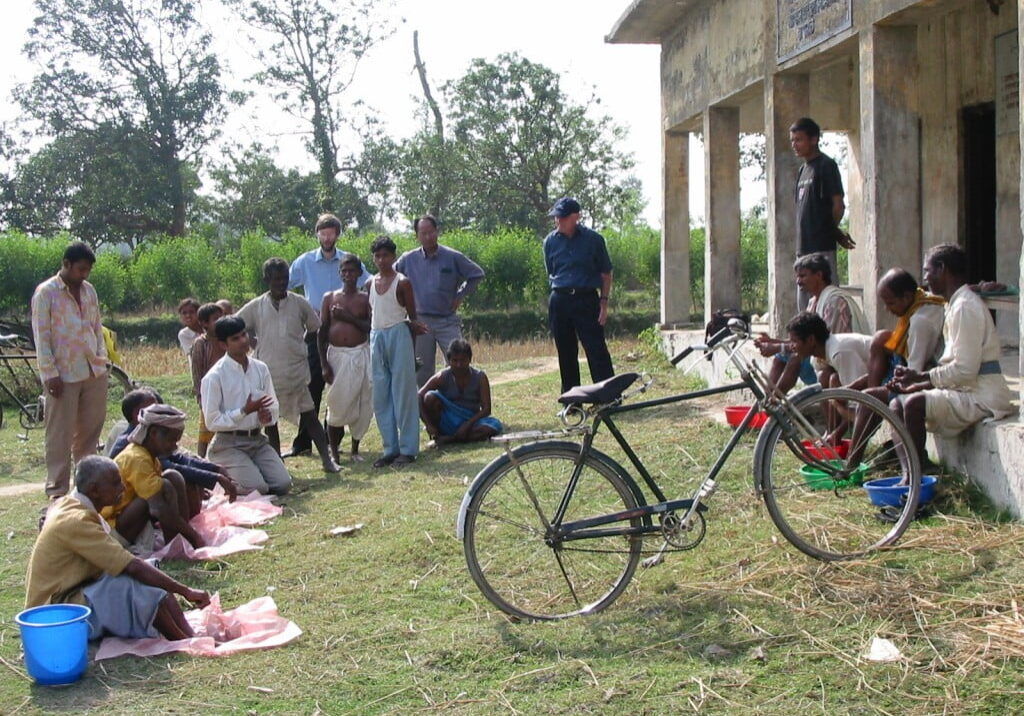

Damaging communities
A diagnosis of leprosy in a family can mean the loss of work, divorce or the end of marriage prospects, even for distant relatives. Therefore, those labelled as “having leprosy” are often sent away and denied a family role, in case the whole family is negatively affected. The entire (village) community considers that leprosy-affected people are a burden.
Thus, leprosy stigma determines attitudes and actions that affect whole communities, not just the individual. It therefore breaks down the dignity, confidence and economic well being of thousands in Nepal, by damaging the aspirations and opportunities of those directly and indirectly affected by the disease.
Social exclusion
Quality of life tends to be evaluated by those in the West in terms of freedom from disease, hunger, suffering, ignorance, etc. However, this view is inappropriate in Nepal, where social exclusion is probably the greatest challenge. To be dislocated from one’s family or community in a Hindu society is a denial of any meaningful role in life.
The underdeveloped population anticipates hunger, disease and death, but isolation is not expected and is regarded with dread because there are no social strategies to cope with it. In Hindu culture, in which there is no strong concept of ‘self’, an individual’s role is dependent in every way on the strong bonds that exist within the extended family, and the community – from which the family draws its identity. Although the values and structure of families vary, the concept of family is fundamental.

Case Study - Vibya
Vibya's father, himself affected by leprosy and tuberculosis, was an unkind man. When Vibya was 10 her mother left him and took her children with her. She struggled to support the three children and so she took Vibya out of school and arranged for her to marry a boy just a year older. This would free her from the financial responsibility of caring for Vibya.
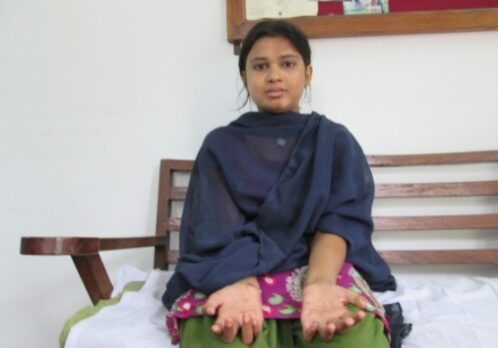
Prior to her marriage, Vibya had begun to notice pale patches on her body. She kept quiet about them btu eventually her mother noticed. She paid for expensive homeopathic medicines to try to cure her daughter, but Vibya's skin condition continued to deteriorate.
Vibya got married aged just 10 years old, and went to live with her parents-in-law in the Bihar State of India. Her in-laws put her to work doing cooking, cleaning and washing. Her husband smoked and got drunk. He neither went to school nor worked, and he had no intention of being a good husband to Vibya. He often beat her for no reason.
While living with her in-laws, being treated like a slave, Vibya started losing feeling in her hands and feet and she began to develop clawed fingers and blisters on her legs. Her young husband and his family gave little attention to her condition or any kind of treatment. When the blisters turned into more serious wounds Vibya told her mother who brought her to Lalgadh Leprosy Hospital and Services Centre.
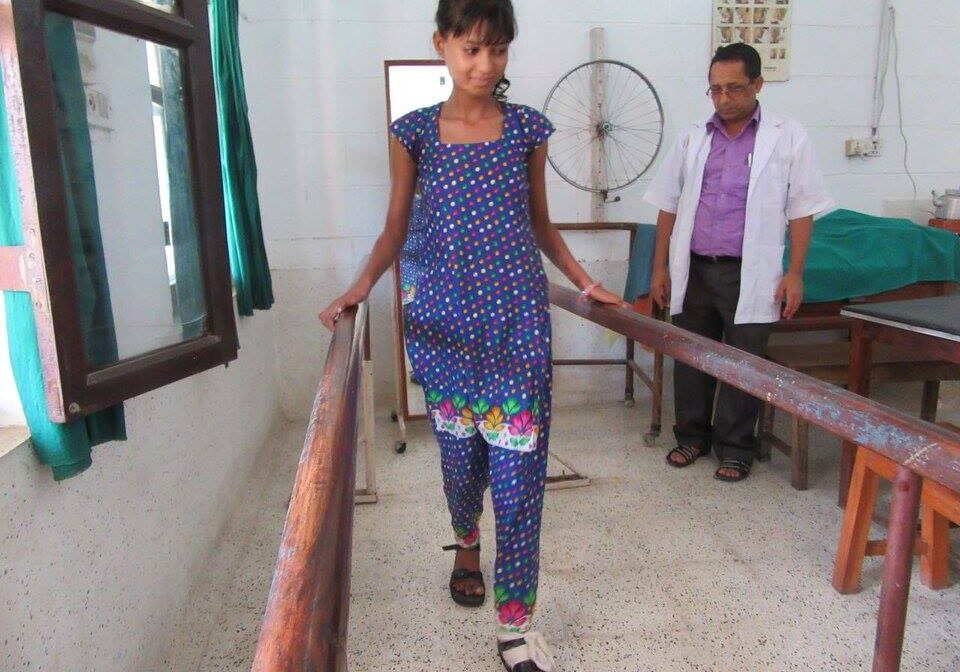
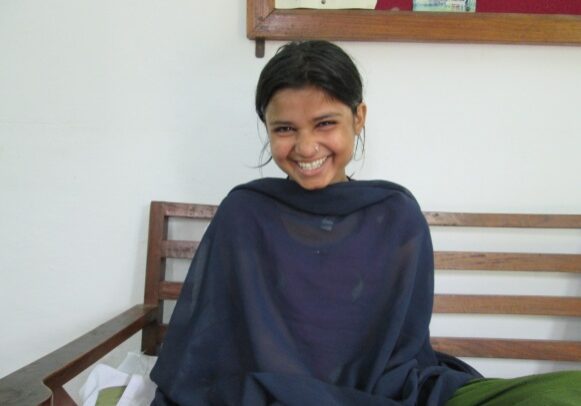
Vibya began a year long course of leprosy treatment and learned how to live with the effects of leprosy. Her husband’s family no longer wanted her when they found out she had leprosy, so she is back living with her mother and brothers.
Vibya still needs regular physiotherapy for her damaged hands and feet but she is now much happier and has made friends with other children at the Centre. She started learning to read and write and she hopes to train to be a tailor so that she can support herself.
Altering perceptions
Stigma is linked with the perception of deformity. Only if this perception is altered will discrimination and marginalisation be reduced. The primary cause of the fear and prejudice surrounding deformity is a lack of accurate information about the disease in rural communities.
Those with the disease who respond to advice, take medication and are thus “cured” present no threat to the general population. However, ignorance continues to convince the fearful that those with characteristic deformities still have active leprosy. This fear does not respond to ‘quick-fix’ treatments, but can be overcome.
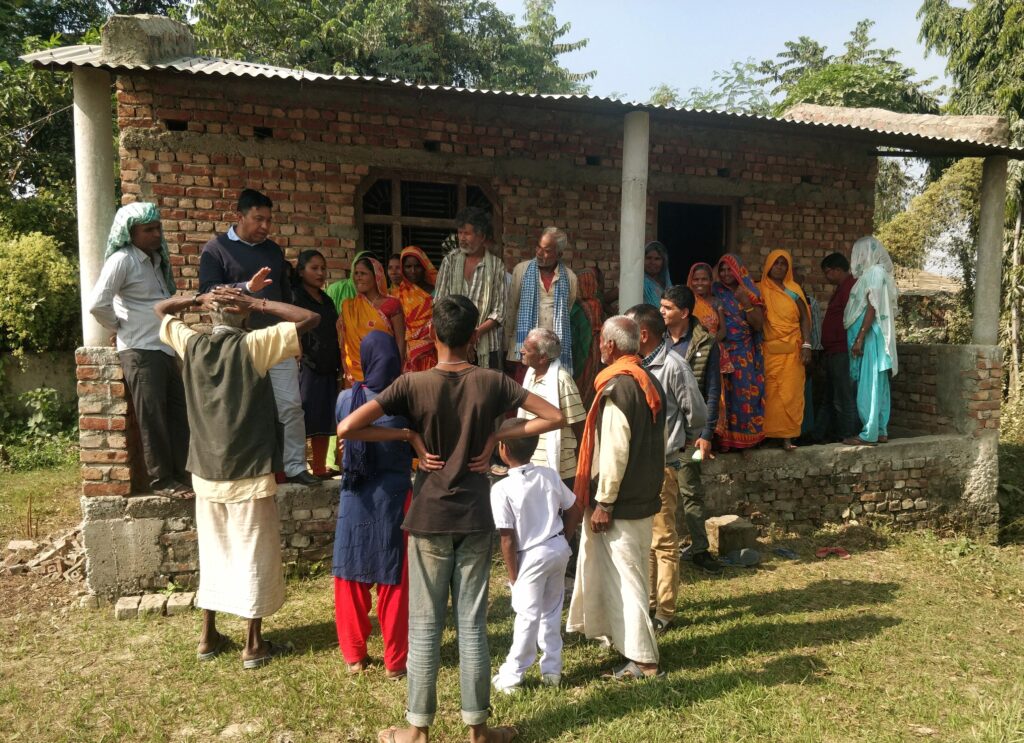
More health education within communities is needed, based on a multidisciplinary approach and taking into account cultural beliefs. This needs to be backed up by treatment that concentrates on the Prevention of Impairment and Disability (POID).
The term “cured” is thus sadly misleading, unless the issue of leprosy stigma is also tackled. Deformed individuals often remain unconvinced that they are healed, and acquiesce to the popular belief that they are still infectious. Even those with the disease but without deformities have been found to disassociate themselves from those with deformities.
Stigma therefore causes many with active disease not to present for treatment or to default from treatment. Some researchers have suggested that the stigma associated with leprosy should be considered pathological.

Empowering for life
Help us make a difference
